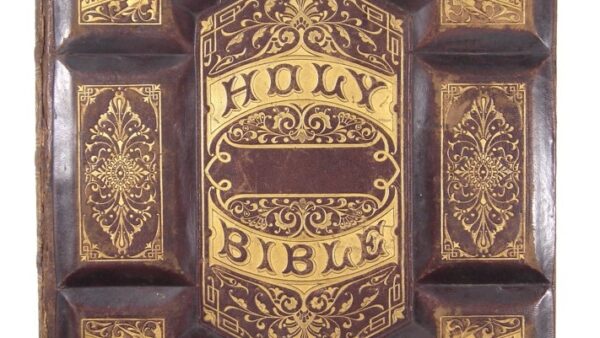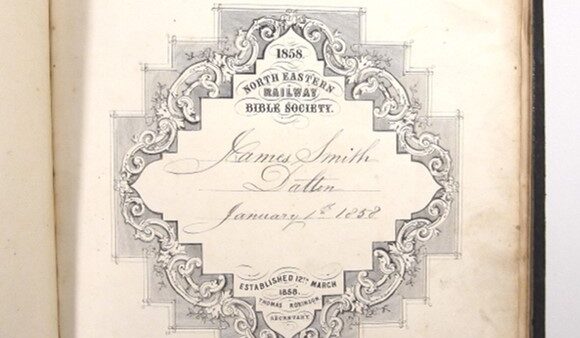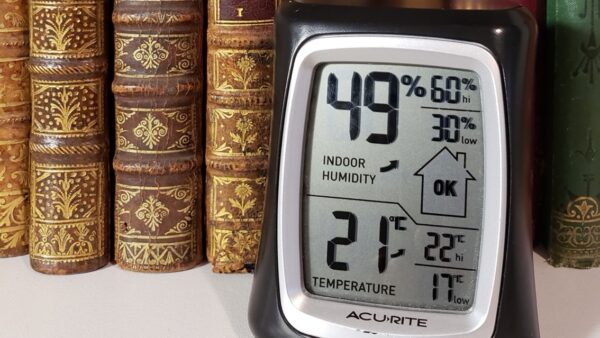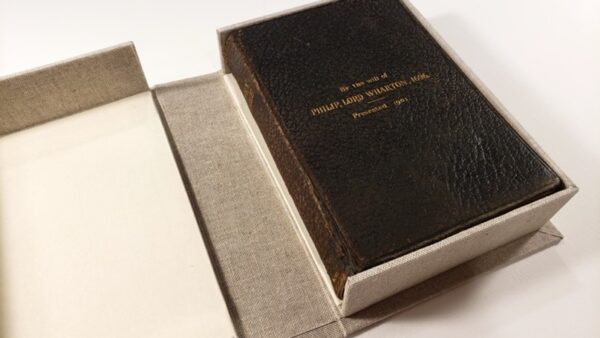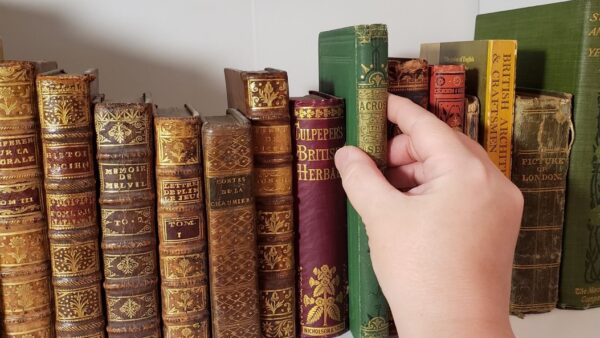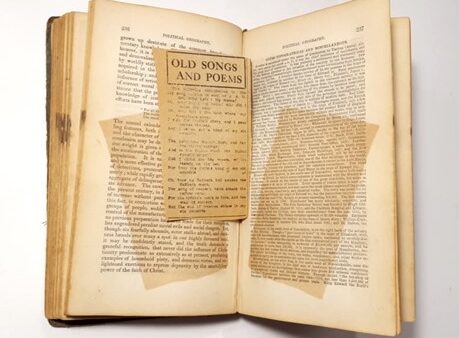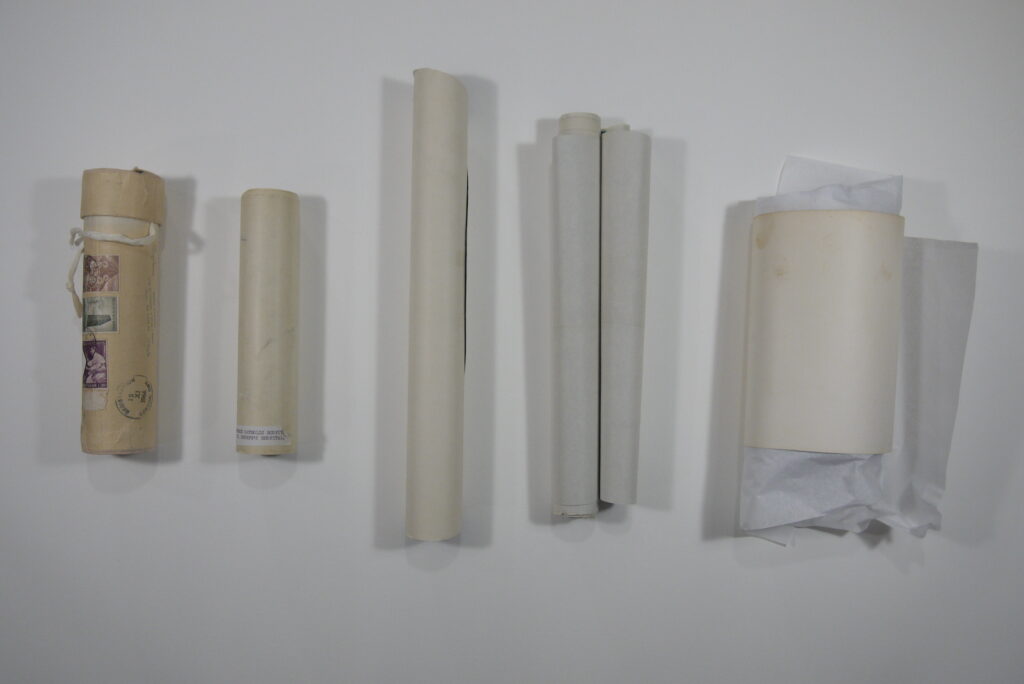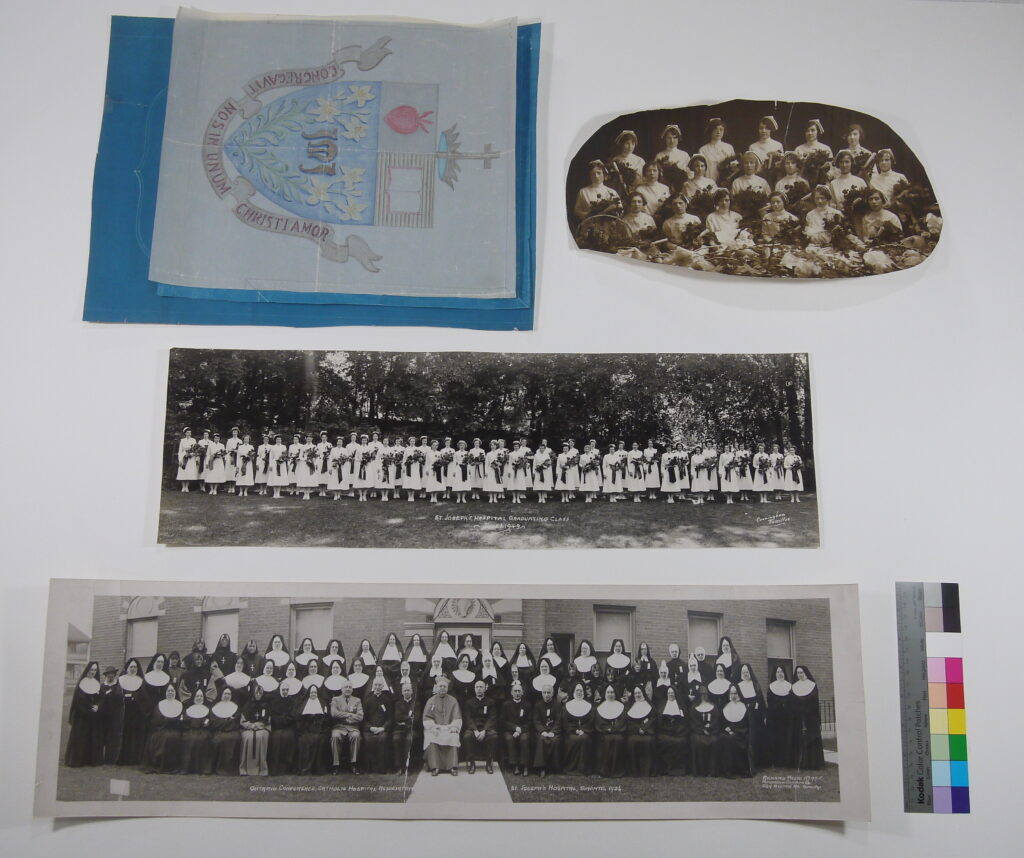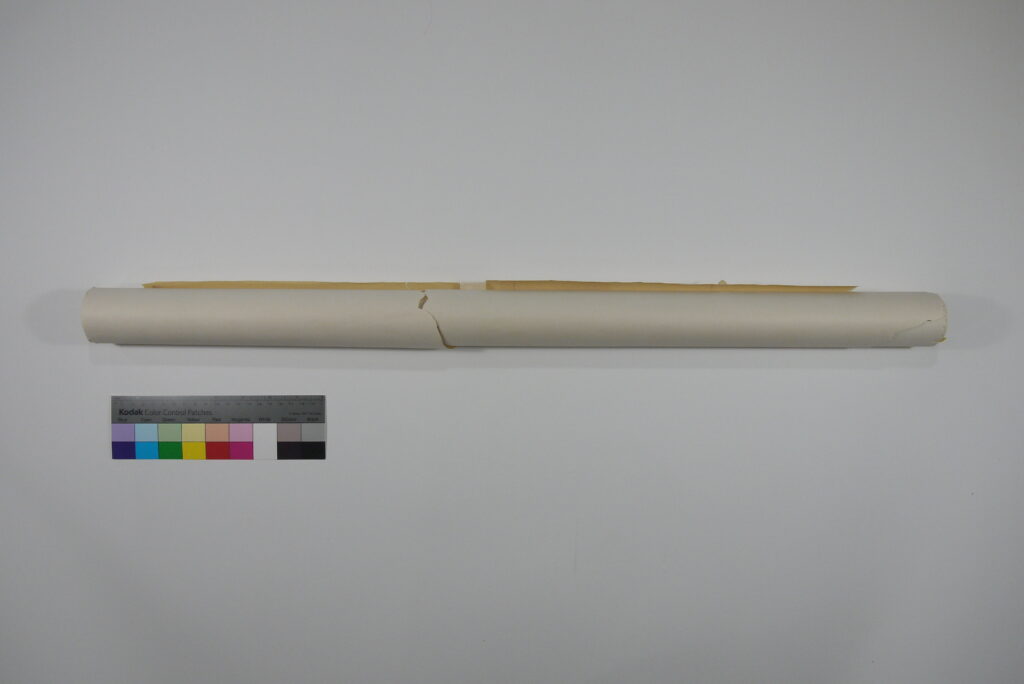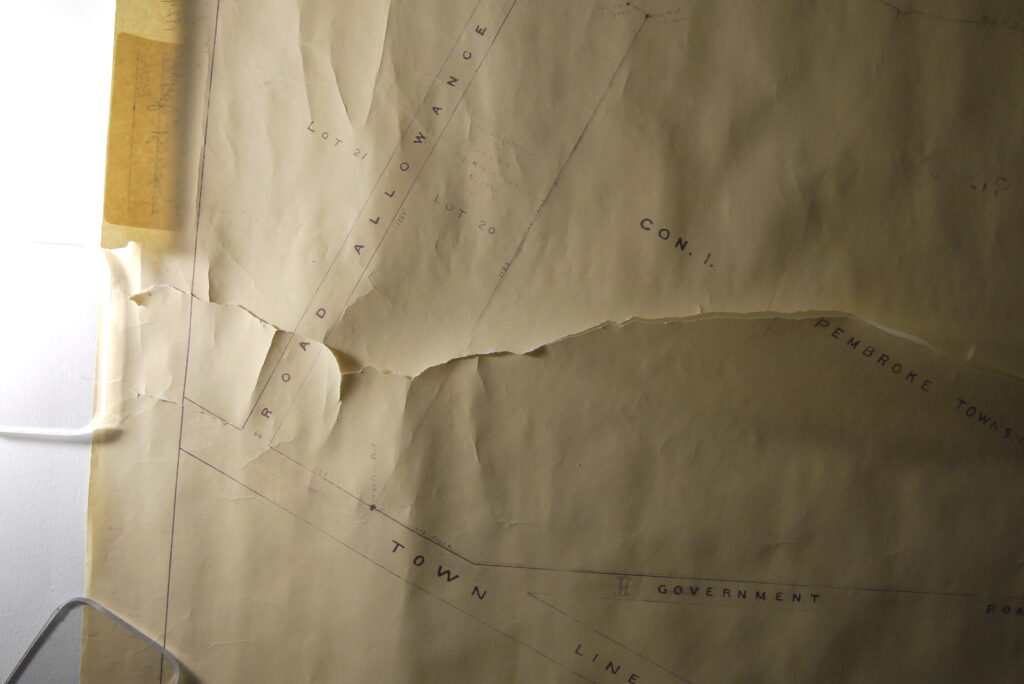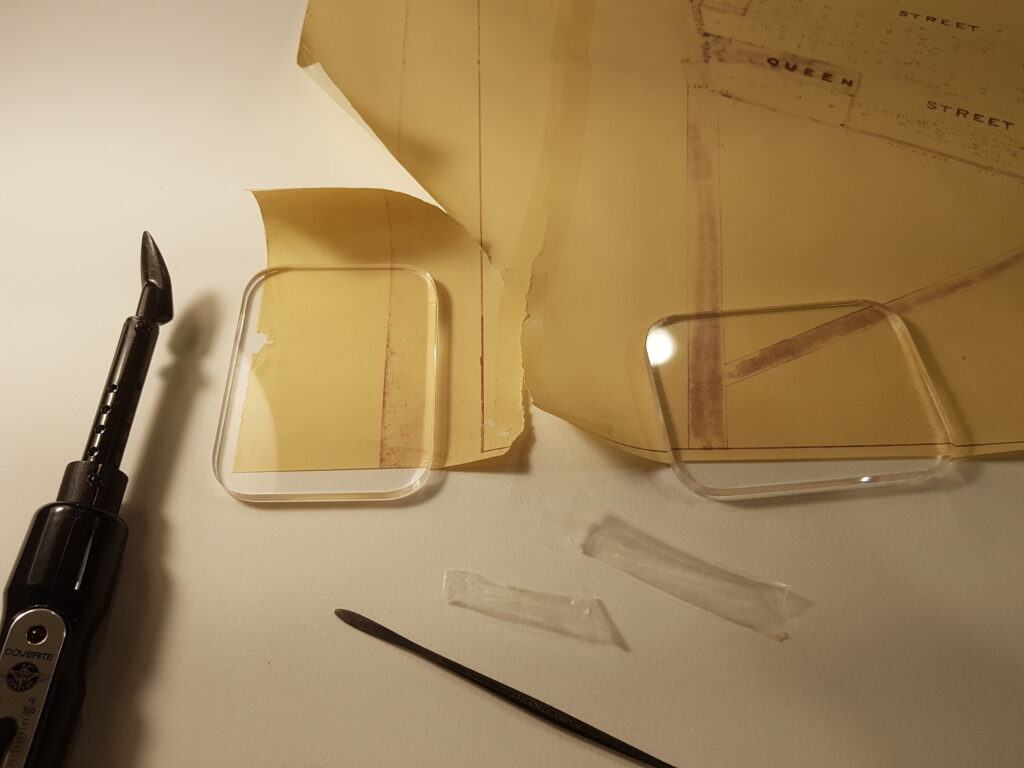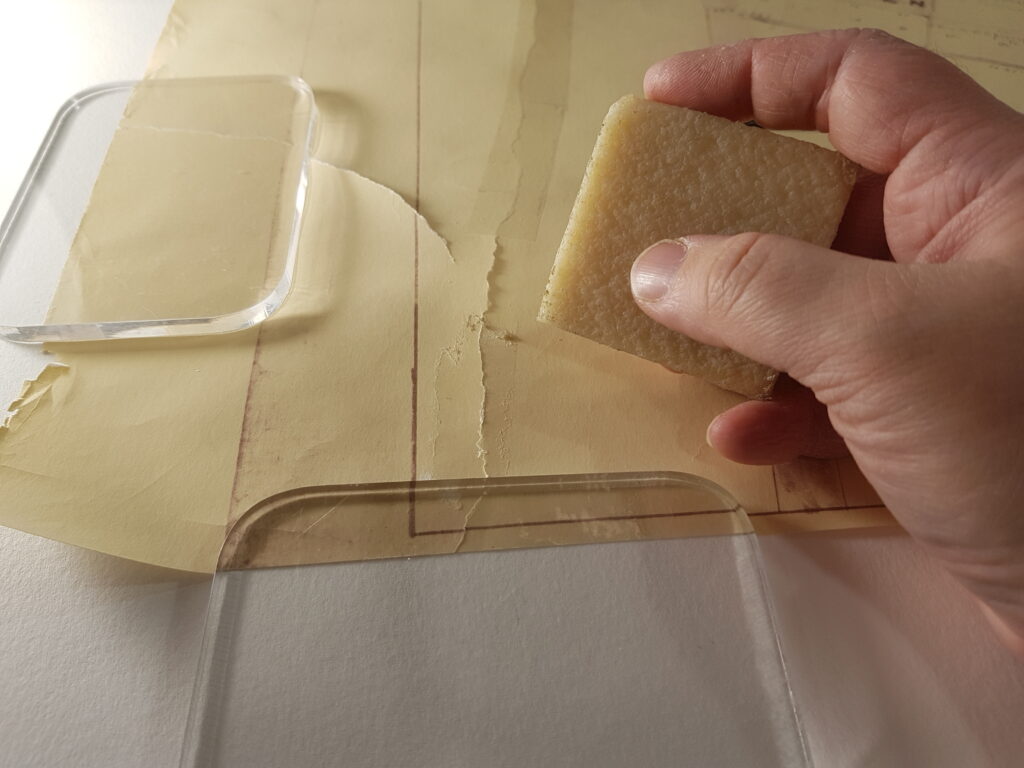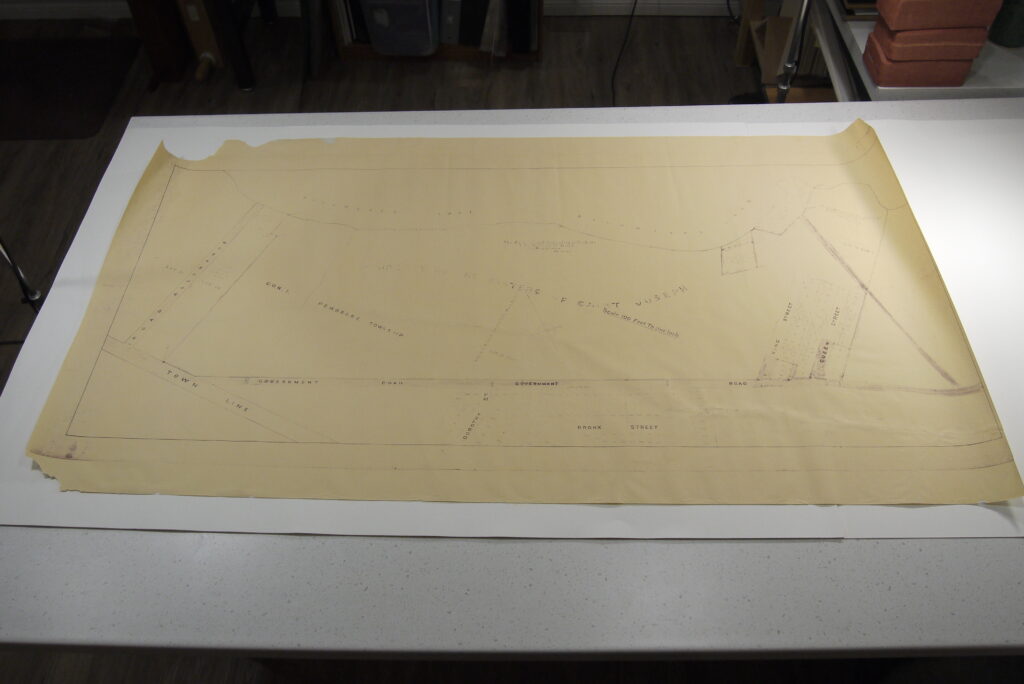Sr. Ann Marshall, csj
In recognition of the 170 years since the Hamilton foundation, I was asked to reflect on why Mother Martha is so significant to the Hamilton sisters. Her story is poignant and instructive, and its meaning is still unfolding. Her story as a Sister of St. Joseph reflects the pascal mystery of death and resurrection. Martha followed in the footsteps of Jesus who died an apparent failure.
We first heard Martha’s story following Vatican 11 when Rome directed all religious congregations to revisit their founding charism. On hearing Martha’s story for the first time there was initial shock, surprise and a sense of embarrassment which gave way to anger/resentment. Remember this was an era of awakening for women containing new truths and insights. We symbolized our support of Martha by the removal of a large picture of the first Bishop of Hamilton, Bishop Farrell, which had been hanging prominently in the Mother House and gifted it to the Chancery Office where it now hangs in the Diocesan library named after him. A more appropriate home for His Grace.
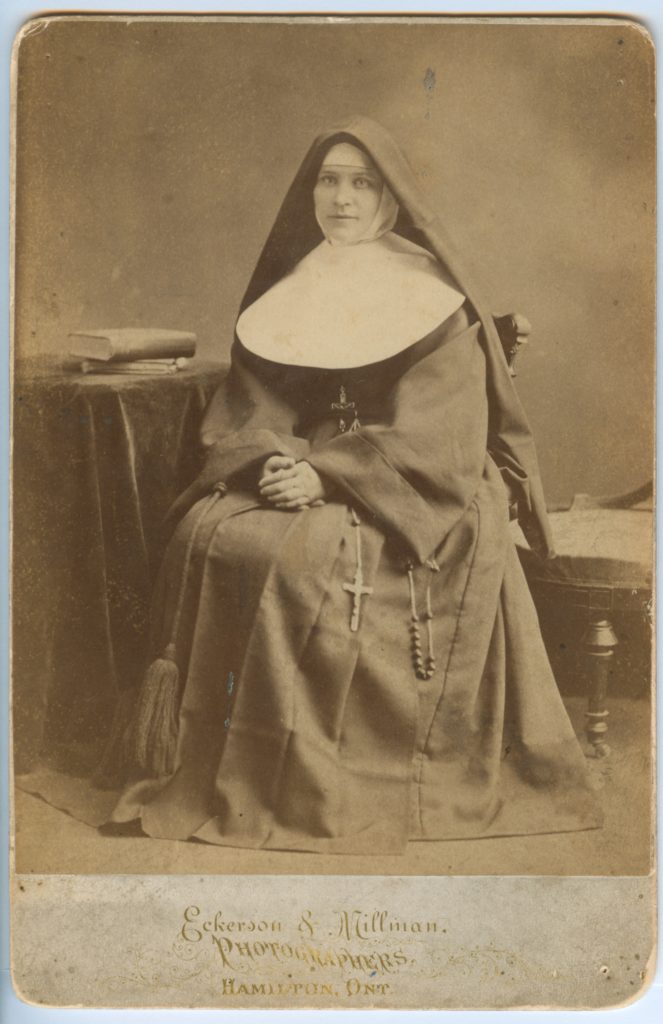
Martha was born in Germany, emigrated to the USA, and entered the Congregation in 1845 at the age of 21. She was missioned from St. Louis Missouri to Toronto and from there to Hamilton in 1852. At 28 Martha was named the superior of the Hamilton community. Martha understood that love is expressed in service of the dear neighbour and readily accepted the challenge of caring for the typhus and cholera victims of arriving immigrants but at a cost of the lives of the sisters. Ten years into the foundation, in 1862, unjustly accused Martha was banished from the community by the Bishop. This resilient and humble woman made a second attempt at reconciliation in 1868 even though her health was failing but was again denied a meeting with the Bishop and made her way to Toronto, walking all the way. The archives are silent on this detail, however, she was warmly received by the Toronto community and died 9 days later.
I said earlier Martha’s story is instructive. She was courageous in responding to unmet needs, resilient in the face of adversity, humble and forgiving in the dark night of unjust condemnation, and uncompromising in living the charism of unity and reconciliation. It seems to me that Martha’s short life reflects our own congregation’s Chapter Statement: Moving with Love and embracing each moment of possibility as a graced path to Transformation.
